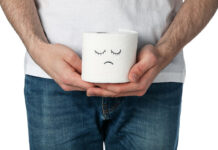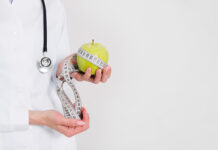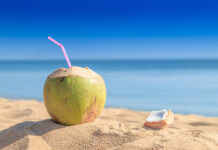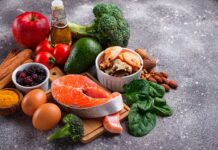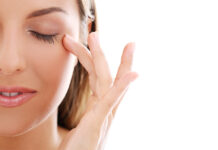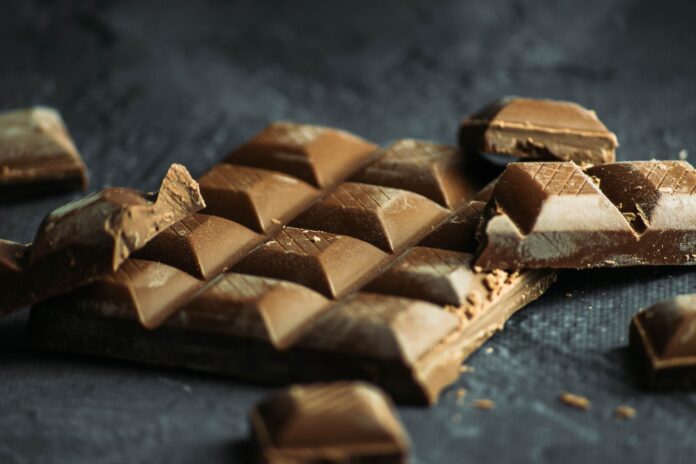Last Updated on February 16, 2021
Photo by Tamas Pap on Unsplash
Being one of the most used and consumed ingredients in the world, caffeine is a natural stimulant that can help you stay alert, lose weight, and prevent symptoms of tiredness, among many other health benefits.
However, this does not mean that you should drink large amounts of caffeine to feel even better. On the contrary, you should consume up to a maximum of400 ml of caffeine per day (about three cups of coffee). Otherwise, you may suffer from numerous caffeine side effects such as anxiety, increased abdominal fat, insomnia, and even an overdose of caffeine.
And what most people forget is that caffeine is not only present at breakfast or the end of meals but in many other surprising sources.
What are the top hidden sources of caffeine? That’s what we’ll show you below by letting you know the 7 incredible hidden sources of caffeine.
1. Protein Bars
Protein bars are an amazing food with about 55 ml of caffeine – the same dosage of caffeine found in espresso. They are often used as a snack for you to eat in the middle of the morning or afternoon or rebalance your strengths and energies before performing a workout in the gym. Normally, protein bars with caffeine content, as their name implies, a mixture of coffee, cocoa, and yerba mate extract. And the truth is that the combination of these ingredients makes this product not necessarily taste like coffee – hence the fact that people forget that protein bars are hidden sources of caffeine. Extra Tip: Do not eat protein bars before bedtime, as this can give you an extra energy boost that will prevent you from getting a good night’s sleep.
2. Chocolate Desserts
Nobody can resist chocolate desserts at the end of meals, don’t you agree? Stop looking at the scales and say yes – if you say no, we know you’re lying! And this is because they are sweet and, simply, delicious. However, they also have caffeine – even dark chocolates. A 30 ml serving of dark chocolate contains, for example, about 20 ml of caffeine; milk chocolate has approximately 6 ml of caffeine per ounce and white chocolate less than 2 ml of caffeine per ounce. They all use cocoa beans, and these naturally contain caffeine.




